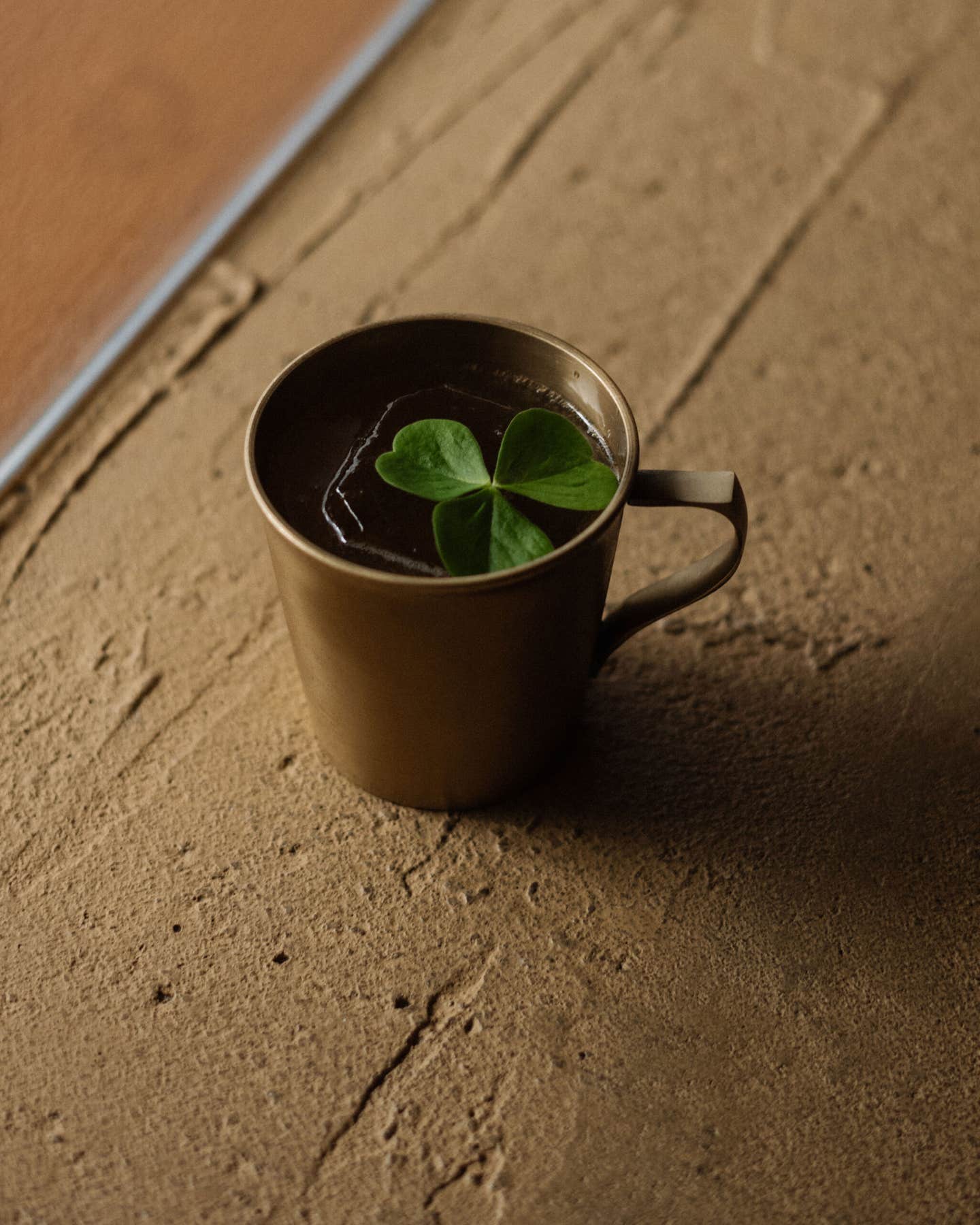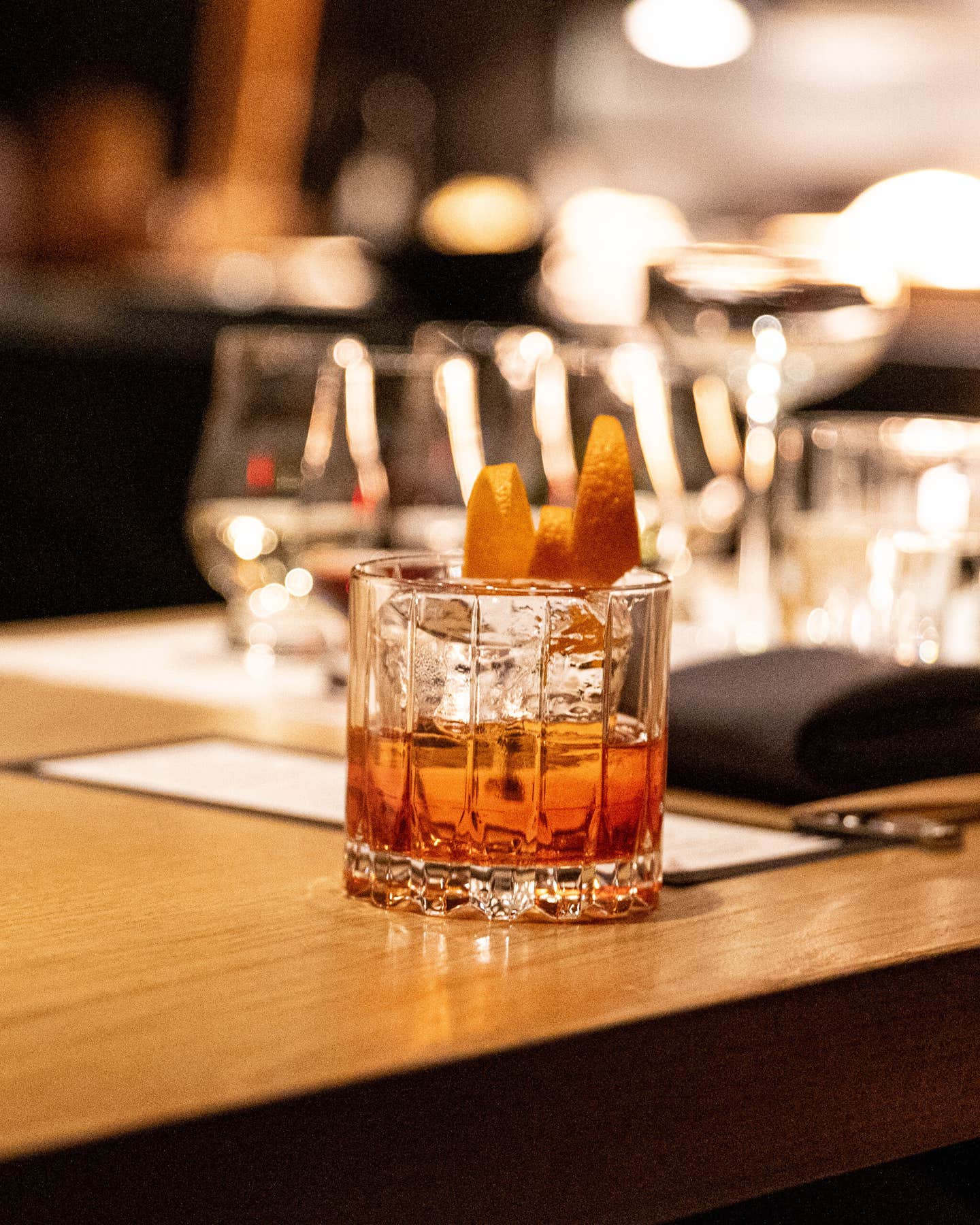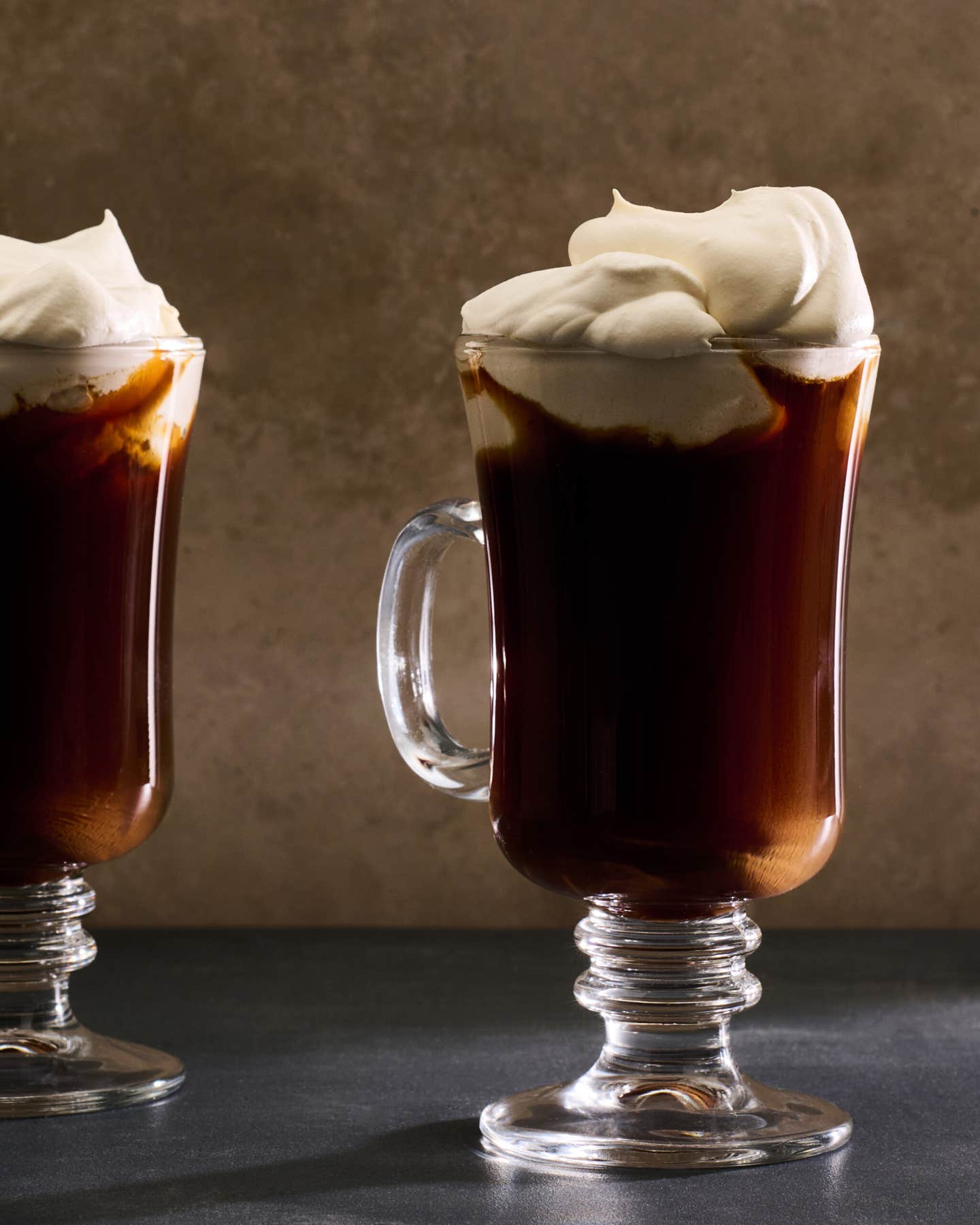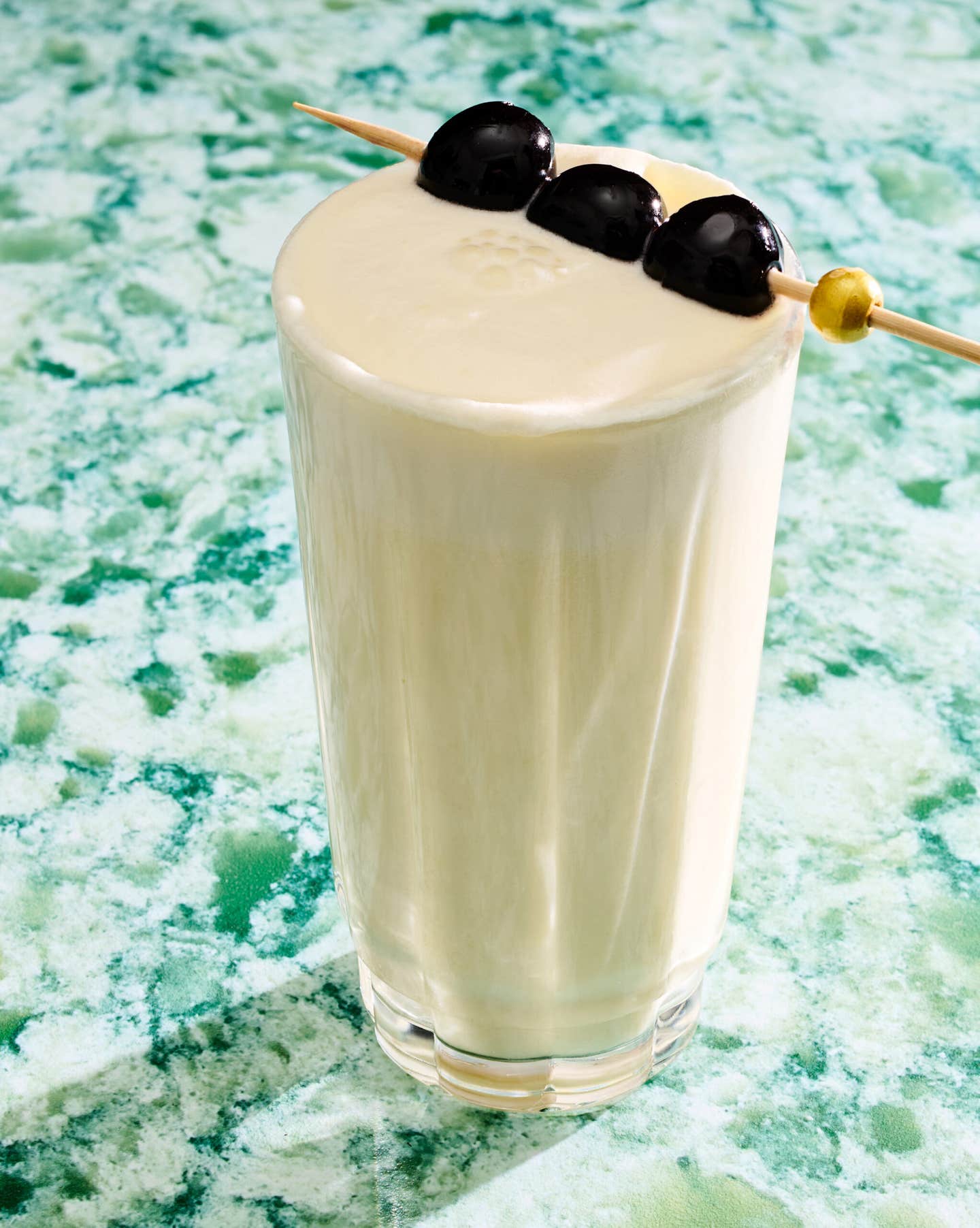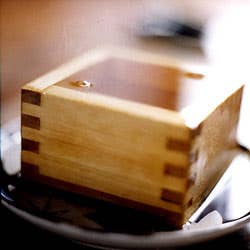
Serious Sake
On a chilly February morning at Nemoto Shuzo, a centuries-old family-run brewery about 90 miles northeast of Tokyo, I tasted truly wonderful sake for the first time. Having grown up in Japan, I was, of course, familiar with sake—rice wine; but it was invariably the mass-produced variety, usually served warm to mask its harshness. What I drank at Nemoto Shuzo was something else: the unfortified version (junmai-shu) of a high-quality artisanal product. It was cool, with a rich, fruity flavor and a slightly acidic tingle. It was a revelation.
Rice, the main ingredient in sake (pronounced "sah-KEH"), was first cultivated in Japan more than two thousand years ago, and before long the Japanese had figured out a way to turn its grains into alcohol via a primitive—and, by our standards, highly unsanitary—method: Saliva contains enzymes that convert starch to the sugar necessary for fermentation, so the rice was chewed (ideally by virginal women, according to legend), then spat into wooden tubs where naturally occurring yeasts caused the mass to ferment. This practice, called kuchikami, or "chewing in the mouth," endured until the 8th century, when a substitute for saliva, mold spores called koji (Aspergillus oryzae), was discovered.
For many centuries, sake was drunk out of big communal cups. As brewing techniques (and sake itself) improved, these vessels were replaced by the small individual ceramic or lacquerware cups called sakazuki that are still used today. But sake (also called nihonshu) remained a drink associated with group consumption, and over the centuries it became part of many rituals and celebrations. It is still de rigueur on New Year's Day, at weddings, and at the farewell parties called sobetsukai, where those who are leaving are served sake by those staying behind. Sake is also a traditional year-end and summertime gift—but it should be presented in person so that giver and receiver can share the bottle as a symbol of their friendship.
The royal court dominated early sake production. Later, during the Kamakura and Muromachi periods (1192-1573), descendants of the court brewers set up independent operations, or formed guilds under the auspices of powerful temples and shrines. By the 16th century, small family-run breweries had taken over, making what was termed jizake, or "local sake," prized for its distinctiveness and individuality. As competition among regional brewers increased and distribution methods improved, sake got better, more plentiful, and more readily accessible.
Things started changing with the Great Depression, when sake sales and the number of producers (primarily of jizake) began to dwindle, and worsened with World War II. During and just after the war, rice shortages forced brewers to stretch their supplies with additives like glucose (it was during this period that honjozo-shu, sake fortified with a neutral spirit, was developed). By the mid-1950s, the industry was dominated by a handful of large corporations that churned out a drink that was mediocre and lacking in character.
Sake consumption in Japan has never rebounded to prewar levels—in part because the Japanese have discovered other alcoholic beverages, including beer, wine, and whiskey. In the last 30 years, however, consumer demand for better-quality sake, coupled with the growing influence of Japan's natural-foods movement, has spurred the revival of small-scale, traditional producers like Nemoto Shuzo. These brewers, who favor old-fashioned techniques, are raising standards and helping revamp sake's tarnished image. To keep pace with this trend, many of the industrial breweries have recently introduced their own premium brands. And fortunately for producers both large and small, sake has acquired considerable cachet outside Japan.
Based in the mountain town of Yamagata-machi in Ibaraki prefecture, Nemoto Shuzo is one of about 1,500 jizake producers currently operating in Japan. Established in 1603, it is also one of the oldest. According to Akihiro Nemoto—a descendant, 19 generations removed, of its founders—the company's success can be traced back to one night in 1818, when a family member dreamed that a god instructed him to make his sake with the pure, clean springwater from the nearby Komagata shrine. He obeyed, and the result was a very refined, light, and delicious sake that became so popular that the Nemotos eventually abandoned their soy sauce and miso businesses in order to keep up with demand. The quality of water is, indeed, of primary importance in sake production, and many jizake producers have their own springwater sources. They call such water—rich in flavor and with a minimum of iron— goshinsui, or "god water."
But as Nemoto-san shows me around the factory, I learn that the type of rice used, and how it is prepared, are of equal importance. He explains that as sake rice grains are larger and contain more of the starchy white core than table rice, they yield more sugar, and thus more alcohol. But before the rice can be used, it is necessary to remove the outer layers, which contain undesirable lipids and proteins. There are several grades of sake, and how a sake is classified depends mainly on how much the rice is polished. To make ordinary (futsu) sake, for example, less than 30 percent of the rice is removed; for the highest grade (dai-ginjo), that number exceeds 50 percent. After polishing, the rice is washed, steeped in water, drained, steamed, then cooled. Next it is moved into a double-walled, saunalike room and inoculated with koji spores. The koji rice must be gently tossed every six hours for two days, which does much to determine the flavor of the sake and the success—or failure—of fermentation.
Nemoto-san then takes me to the large fermentation vats where yeast, water, and plain steamed rice are combined with the koji rice, resulting in two simultaneous chemical reactions: While the koji rice converts the starch in the plain rice into sugar, the yeast transforms the sugars into alcohol. At the end of this dual process, which lasts about 30 days, the mash contains about 20 percent alcohol. It is at this stage that commercially made alcohol can be added to create honjozo-shu. (Japan produces more fortified sake than pure rice sake, or junmai-shu, but because the U.S. government taxes honjozo-shu as a spirit, not a wine, pure rice sake is more readily available in America.)
Whether or not alcohol is added, the mash is then transported by hose into cloth sacks and pressed to separate the lees from the liquid. Although each brewery does things a little differently, at Nemoto Shuzo, blending—which insures consistency of style and quality—and filtering occur before pasteurization. The pasteurized sake is then stored in barrels for several months to soften any harsh flavors. Just prior to bottling, springwater is added to round out the taste and to lower the alcohol content to about 15 percent.
Unlike producing sake, drinking sake—which goes well with both Japanese and Western dishes, and is a particularly satisfying accompaniment to seafood—isn't all that complicated; just remember a few simple rules. Because sake is very sensitive to heat, light, and movement, it should be stored in a cool place, preferably the refrigerator, and is best consumed within a year of bottling. Though there are very good sakes that can be drunk warm, the better-quality ones are generally meant to be served cold. Whether hot or cold, sake can be served in the aforementioned sakazuki (also known as o-choko), but glasses and the small wooden boxes called masu are usually used for cold sake. And for drinkers determined to uphold tradition, note that self-service is frowned upon in Japan; for this centuries-old ritual your companions are supposed to pour your sake for you—so be sure to choose attentive ones.
Keep Reading
Continue to Next Story


